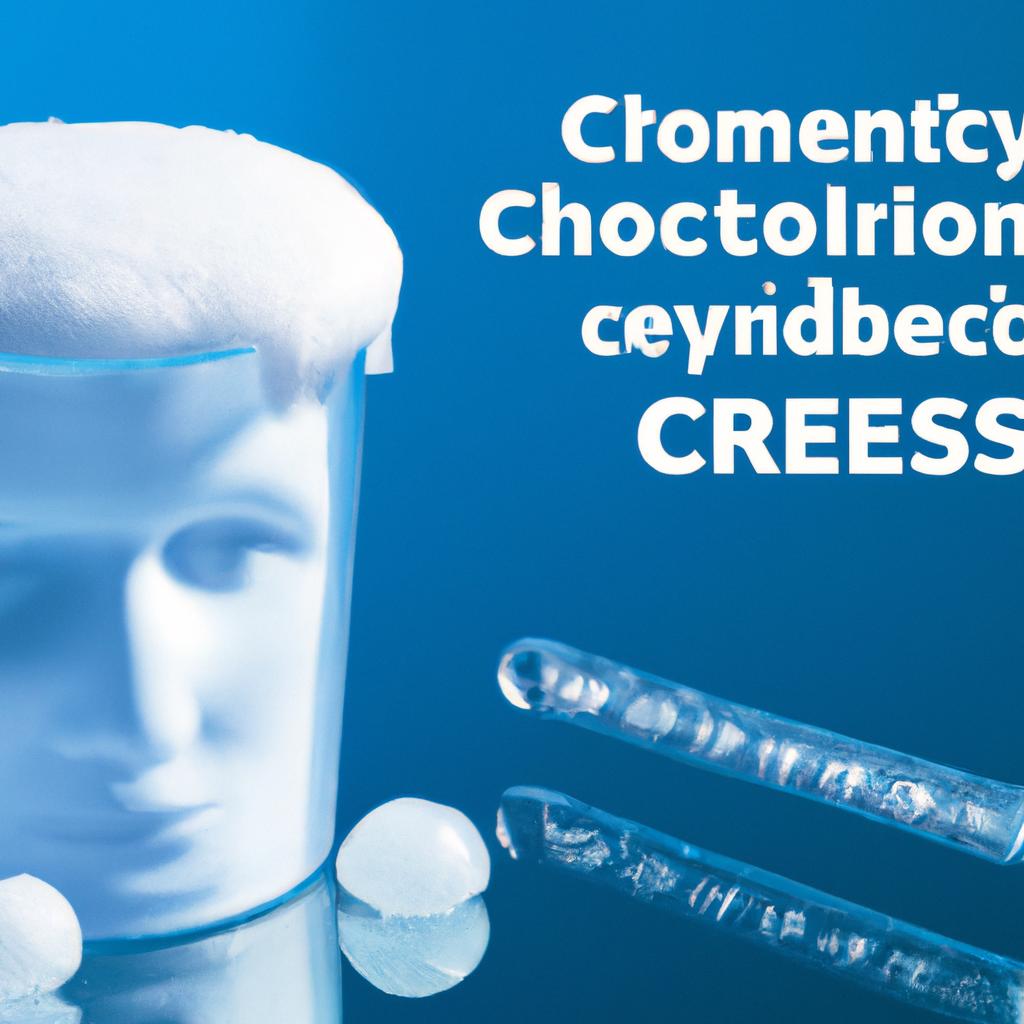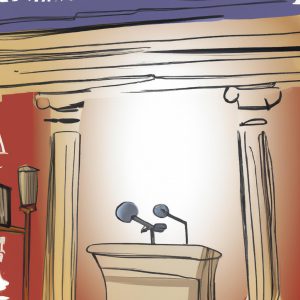In recent years, the question of whether Walt Disney, the visionary behind the beloved Disney empire, is truly frozen has sparked both curiosity and controversy. As experts in estate planning and probate at Morgan Legal Group in New York City, we aim to delve into the enigmatic tale surrounding Walt Disney’s alleged cryopreservation, providing a thorough examination of the evidence and legal implications surrounding this intriguing urban legend. Join us as we unravel the mystery and separate fact from fiction in the case of Walt Disney: Frozen or Thawed
Investigating the Allegations: Is There Any Evidence to Suggest Walt Disney’s Body is Cryogenically Frozen?
Upon investigating the allegations surrounding Walt Disney’s body being cryogenically frozen, our team at Morgan Legal Group has found no concrete evidence to support this claim. While rumors have circulated for years about Disney’s body being preserved in a cryogenic chamber, there is no definitive proof to confirm this theory.
It is important to approach these allegations with skepticism and caution, as unsubstantiated rumors can easily spread misinformation. At Morgan Legal Group, we deal with estate planning and probate matters daily, and it is crucial to rely on factual evidence when discussing sensitive topics such as the alleged cryogenic freezing of Walt Disney’s body.

Analyzing the Science Behind Cryonics: What Does the Research Say About the Feasibility of Freezing a Human Body?
While cryonics has long been a topic of fascination and speculation, the feasibility of freezing a human body for potential future revival is a matter that requires careful consideration of the scientific evidence. Research on cryonics suggests that the process of preserving a body through low temperatures may offer some potential benefits, but numerous challenges still remain. One key factor to consider is the damage that can occur to cells and tissues during the freezing and thawing process, which can impact the chances of successful revival.
Additionally, the science behind cryonics raises questions about the viability of current techniques in preserving the intricate structures of the human body. Although advancements continue to be made in the field, the research suggests that there are still significant hurdles to overcome before cryonics can be considered a reliable method for extending human life. As the debate on the feasibility of cryonics continues, it is essential for individuals to carefully weigh the evidence and consider all factors before making decisions about their final arrangements.

Legal Implications of Cryonics: Exploring the Ethical and Legal Considerations Surrounding Cryogenic Preservation
Cryonics is a controversial practice that involves preserving human bodies at extremely low temperatures with the hope of eventual revival and restoration to good health. This process raises a multitude of ethical and legal considerations that must be carefully examined. From issues surrounding consent and autonomy to questions about the rights of those who have been cryogenically preserved, the legal implications of cryonics are complex and far-reaching.
When it comes to estate planning and probate law, the legality of cryonics can also present challenges. Ensuring that the wishes of individuals who have chosen cryogenic preservation are upheld requires a thorough understanding of trusts and Wills that are specifically tailored to address the unique circumstances of cryonics. As elder law attorneys, we at Morgan Legal Group are committed to helping our clients navigate the intricate legal landscape surrounding cryonics to ensure that their end-of-life wishes are respected and carried out in accordance with the law.

Recommendations for Estate Planning: How Individuals Can Plan for Cryonics in Their Wills and Trusts
Incorporating cryonic preservation into your estate planning documents is a unique and innovative way to ensure your wishes are carried out even beyond death. When drafting your will and trusts, it is crucial to consider including provisions for cryonics to legally enforce your desire for posthumous preservation.
Some recommendations for estate planning to include provisions for cryonics in your wills and trusts are:
- Consult with an attorney experienced in estate planning to discuss how best to incorporate cryonics in your documents.
- Clearly outline your intention for cryonic preservation in your will or trust, including instructions on how to fund the preservation and who will be responsible for carrying out your wishes.
- Designate a reliable trustee or executor who understands and supports your decision for cryonics and who will ensure your wishes are followed through.
Q&A
Q: Is Walt Disney actually frozen?
A: The myth of Walt Disney being cryogenically frozen after his death is just that – a myth. There is no credible evidence to support this claim.
Q: What is the origin of the rumor?
A: The rumor likely stems from the fact that Walt Disney expressed interest in cryonics shortly before his death in 1966. However, there is no record of him actually going through with the procedure.
Q: Are there any other famous individuals who have been cryogenically frozen?
A: There have been rumors about other famous individuals being cryogenically frozen, such as Ted Williams and James Bedford. However, these claims also lack credible evidence.
Q: Why do these rumors persist?
A: The idea of someone being frozen and potentially coming back to life in the future is a compelling and intriguing concept. Unfortunately, in the case of Walt Disney, it is just a myth.
Q: What is the truth about Walt Disney’s remains?
A: Walt Disney was cremated and his ashes were interred at Forest Lawn Memorial Park in Glendale, California. There is no truth to the rumor that he is frozen somewhere waiting to be revived.
Concluding Remarks
In conclusion, the mystery of whether Walt Disney was actually cryogenically frozen remains unresolved. While the idea may seem like something out of a science fiction novel, the truth behind this urban legend continues to intrigue and fascinate. Whether fact or fiction, the legend of Walt Disney’s alleged cryogenic preservation will undoubtedly persist in the realm of popular culture for years to come. Thank you for joining us on this curious journey through the icy realm of speculation and myth. Stay frosty, dear readers.
 Is Walt Frozen? Exploring the Truth Behind the Disney Conspiracy Theories
Is Walt Frozen? Exploring the Truth Behind the Disney Conspiracy Theories
Have you ever wondered if Walt Disney himself is truly frozen in time, waiting for the day when science finds a way to bring him back to life? This may seem like a far-fetched conspiracy theory, but it has been circulating for decades, leaving many people questioning its validity. In this article, we will delve into the truth behind the theory and examine whether or not Walt Disney is actually frozen.
Before we begin, let’s take a quick look at the background of this conspiracy theory. Walt Disney, the founder of the Disney company, passed away on December 15th, 1966 due to lung cancer. However, shortly before his death, he expressed a keen interest in cryonics – the process of freezing a person’s body in hopes of reviving them in the future. This has led some to believe that Walt Disney’s wish to be cryogenically frozen was actually fulfilled, and his body is currently suspended in one of the many cryogenic facilities around the world.
However, there is no concrete evidence to support this theory. In fact, the Disney company has gone on record stating that it is nothing more than a myth. So, let’s explore the facts and see if we can put this theory to rest once and for all.
Debunking the Myth
To start, we need to understand the science behind cryonics. Cryonics is the process of freezing a body in extremely low temperatures in an attempt to preserve it for future revival. This is not the same as being frozen in ice, as it requires a specialized process that involves the use of liquid nitrogen and other chemicals. Cryonics is primarily used for research purposes and is not currently proven to be a successful way to preserve human life.
With this in mind, it is highly unlikely that Walt Disney is frozen in a cryogenic facility waiting to be brought back to life. The technology simply does not exist yet to successfully revive a cryogenically frozen person. In addition, the process is extremely expensive and not accessible to the general public, making it even more improbable that Walt Disney would have been able to undergo this procedure.
The Disney Company’s Response
Despite the lack of evidence to support the theory, the Disney company has repeatedly denied any involvement in cryonics. In fact, the myth likely stems from a November 6th, 1972 issue of People magazine that falsely reported on Walt Disney’s cryopreservation. The article was later retracted and labeled as a hoax, but the damage was done, and the myth persisted.
The Disney company has addressed the theory multiple times, with former CEO Michael Eisner stating in a 1985 biography of Walt Disney that the company did not have any involvement in cryonics. In addition, the company’s former Chief Archivist Dave Smith stated in an interview that “Walt Disney was cremated and his ashes were interred at Forest Lawn Cemetery in Glendale, California.”
Practical Considerations
Aside from the lack of evidence and the Disney company’s denial, it is also worth considering the practicalities of cryonics. In order for cryopreservation to be successful, the body needs to be frozen as soon as possible after death, ideally within minutes. Walt Disney died in 1966, and even if he had expressed a desire to undergo cryopreservation, it is highly unlikely that the technology and resources would have been immediately available.
In addition, the process of cryopreservation can be quite invasive, as the body needs to be drained of fluids before being injected with chemicals and stored in liquid nitrogen. This raises questions about whether Walt Disney’s family would have allowed such a process to be performed on their beloved relative.
In Conclusion
While the myth of Walt Disney being frozen in a cryogenic facility is intriguing, it is simply not based in fact. The lack of evidence, the Disney company’s denial, and the practical considerations make it highly unlikely that the founder of the Disney company is frozen in time waiting to be brought back to life. It is important to remember that, while Walt Disney may not have been cryogenically frozen, his legacy lives on through his creations and the impact he has had on the world of entertainment.
In the end, the truth may not be as exciting as the conspiracy theory, but it is important to rely on facts rather than speculation. So let’s put this myth to rest and continue to enjoy all the magic that Walt Disney has brought into our lives.






